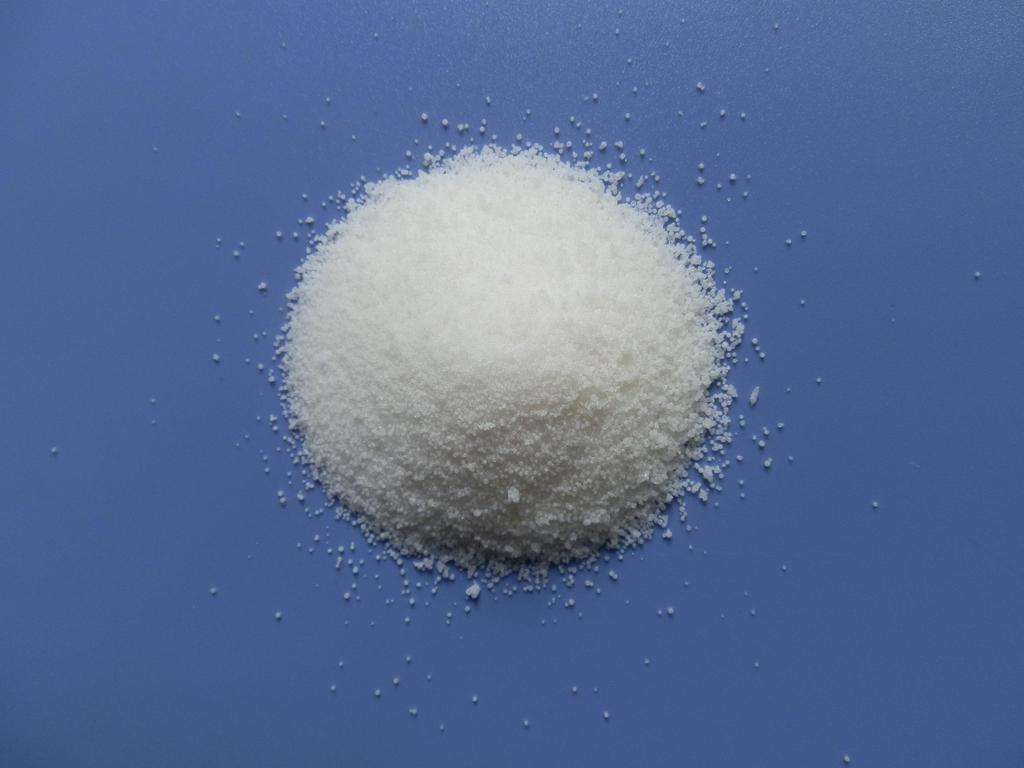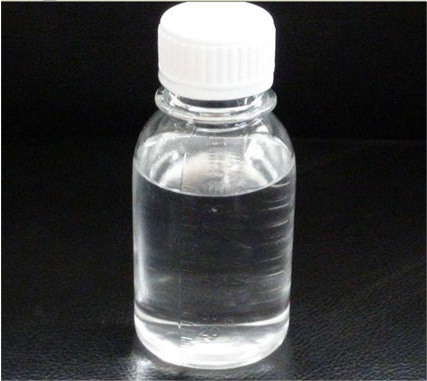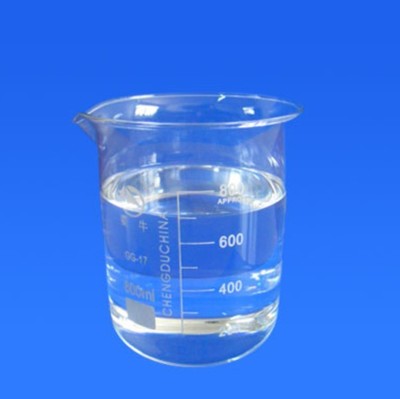The detergent action of surfactants is the fundamental property of surfactants for their greatest practical use. It involves the daily lives of thousands of households. And it is increasingly used in all walks of life and various industrial productions.
Antistatic effect of surfactants
Fibres, plastics and other products often produce static electricity due to friction, which affects the application performance of the products. For example, if fiber fabrics are charged with static electricity, they often have shortcomings such as “skin-fitting” or “static sticking”, and they are easy to absorb dust or become dirty. If plastic products are electrostatically charged, the impact will be even greater. Not only are the products prone to absorbing dust. It affects the transparency, surface cleanliness and beauty of the products, and also reduces the performance and value of the products.
In order to eliminate this electrostatic phenomenon, surfactant antistatic methods are currently used. Such surfactants are called antistatic agents.
Section 1 Static electricity phenomenon and its causes
Although there are some differences in the results obtained by different measurers on the order of fiber charging, for fibers with amide bonds such as wool, nylon and artificial wool, they all tend to be With a positive charge. The charging status of commonly used plastics is shown in Table 10-2. Generally, the charging status of common materials is in the following order from positive to negative:

(+) Polyurethane – hair – nylon – wool – silk – viscose – cotton – hard rubber – acetate – vinylon – polypropylene – polyester – Polyacrylonitrile-polyvinyl chloride-vinyl chloride-acrylonitrile copolymer-polyethylene-polytetrafluoroethylene (-).
Although the cause of static electricity is not yet fully understood, it is generally believed that when different types of objects rub against each other, moving charges are generated between the rubbed objects. As a result, static electricity is generated, and the charge of an object can be determined based on the gain and loss of electrons. An object becomes positively charged if it loses electrons, and becomes negatively charged if it gains electrons.
Section 2 Antistatic Agent
There are two main ways to eliminate static electricity:
(1). Physical method. Since the size of static electricity is affected by temperature and humidity, physical methods such as adjusting temperature and humidity, corona discharge, etc. can be used to eliminate it. Static electricity on the surface of items.
(2). Surface chemical method, which uses surfactants, also called antistatic agents, to treat the surface of fibers and plastic products or mix them inside the plastic. To achieve the purpose of eliminating static electricity.
1. Antistatic agent for fibers
1. Conditions that should be met as an antistatic agent:
(1) Does not change the feel of the fiber;
(2) The antistatic effect is good, the amount is small, and it is still effective at low temperatures;
(3) Has good compatibility with resin fibers;
(4) Good compatibility with other additives;
(5) No foaming and no water stains;
(6) Non-toxic and does not damage the skin;
(7) Can maintain good stability.

2. Types of antistatic agents
The main types of antistatic agents used for fibers are cationic and zwitterionic surfactants.
3. The mechanism of action of antistatic agents
Surfactant used for antistatic fiber, antistatic mechanism: mainly to prevent the generation of static electricity and the dissipation of surface charge when the fiber fabric surface is rubbed. aspects. The prevention of frictional charging is closely related to the structure of the surfactant; and the dissipation of surface charge is related to the adsorption amount and hygroscopicity of the surfactant on the fiber fabric.
Cationic surfactants are easily adsorbed onto negatively charged fiber surfaces through their own positive charge.
① It can neutralize the surface charge of the fiber;
② Since the cationic surfactant is adsorbed on the surface of the fiber with positively charged quaternary ammonium ions.�The outward adsorption state of hydrophobic hydrocarbon chains is adsorbed on the fiber surface, forming a layer of directionally arranged adsorption film composed of hydrocarbon chains on the fiber surface. This layer of adsorption film can effectively reduce the friction generated by friction on the fiber surface. The force weakens the frictional charging phenomenon.
For synthetic fibers with low polarity and strong hydrophobicity, cationic surfactants are adsorbed on the fiber surface through van der Waals forces with their hydrophobic hydrocarbon chains and polar quaternary ammonium groups. It faces outward, so that the surface of the fiber is covered with hydrophilic polar groups, which not only increases the conductivity of the fiber surface but also increases the humidity of its surface, which is conducive to the dissipation of static electricity generated by friction and plays an antistatic role.

The adsorption amount of dioctadecylammonium chloride on the surface of natural fibers is significantly higher than that of synthetic fibers. This shows that it has a better antistatic effect on natural fibers.
Zwitterionic surfactants, like cationic surfactants, are positively charged and can be adsorbed on negatively charged fiber surfaces to neutralize static charges. Their hydrophobic groups also have It has the effect of reducing friction, and compared with cationic surfactants, it has one more anionic group in its molecular structure, so it can better increase humidity and charge dissipation. Therefore, zwitterionic surfactants are antistatic agents with good performance, but the price is relatively high.
Anionic and nonionic surfactants have poor antistatic effects due to their low adsorption capacity on the fiber surface. The adsorption capacity of non-ionic surfactants is not affected by the surface charge of the fiber. The adsorption capacity will be higher than that of anionic surfactants, but it has poor dissipation effect on static electricity, so its antistatic ability is much higher than that of cationic and zwitterionic surfactants. Difference in dose.
2. Antistatic agents for plastics
Surfactants are used as antistatic agents for plastics. Their mechanism of action is that surfactants are adsorbed on the surface of plastics through van der Waals forces with hydrophobic hydrocarbon chains to extend polar groups. On the outside, the directional adsorption film of surfactant formed on the surface of the plastic acts as a conductor so that the static charge can be well dissipated. At the same time, the adsorption film can also play a role in easing friction on the plastic surface.
1. Plastic antistatic agents are divided into surfactant types:
(1) Anionic type;
(2) Cationic type;
(3)Zwitterionic type;
(4) Non-ionic.
2. Antistatic agents can be divided into two categories according to how they are used:
(1) Surface-coated antistatic agent;
(2) Mixing antistatic agent.



 微信扫一扫打赏
微信扫一扫打赏
